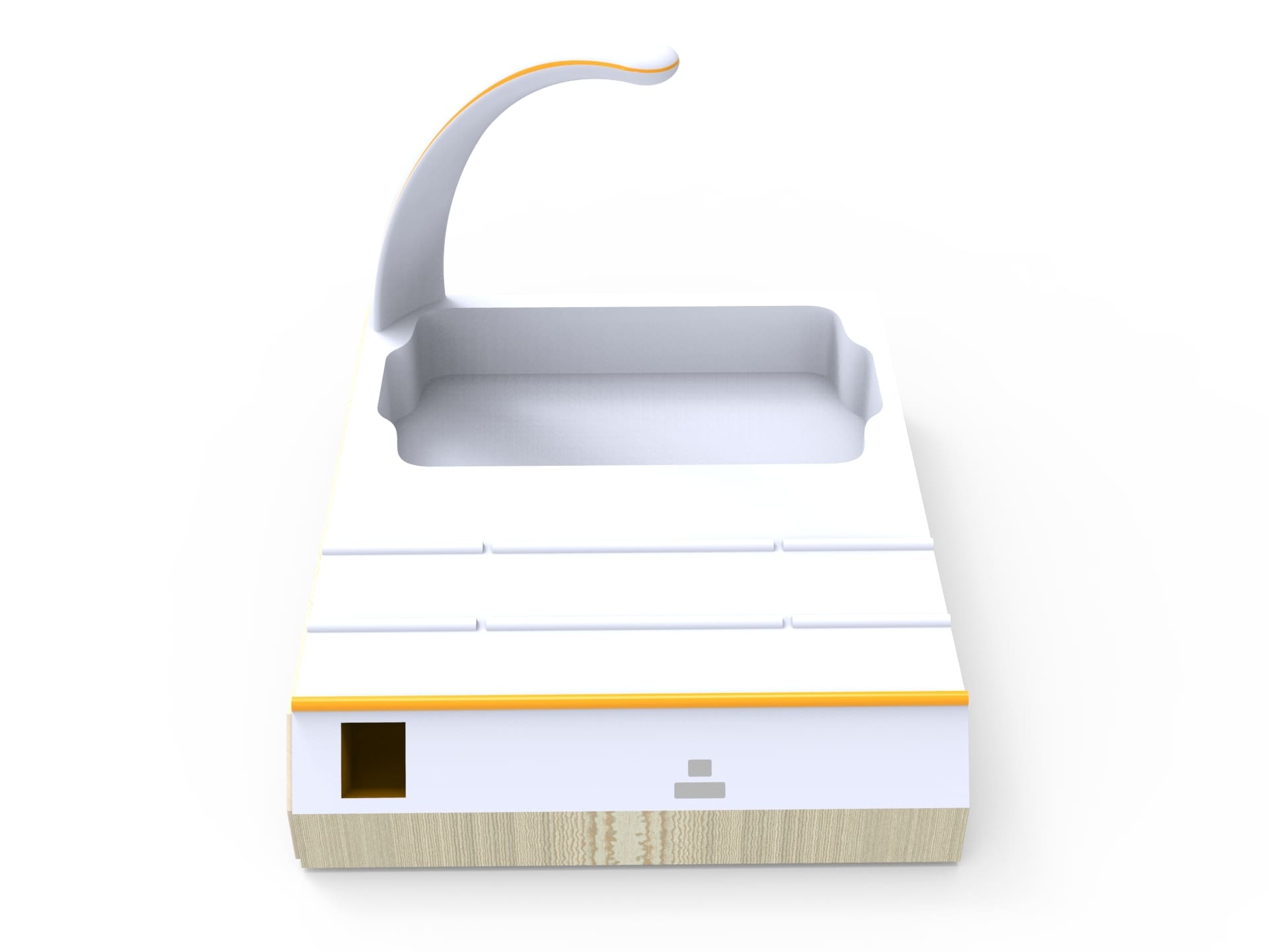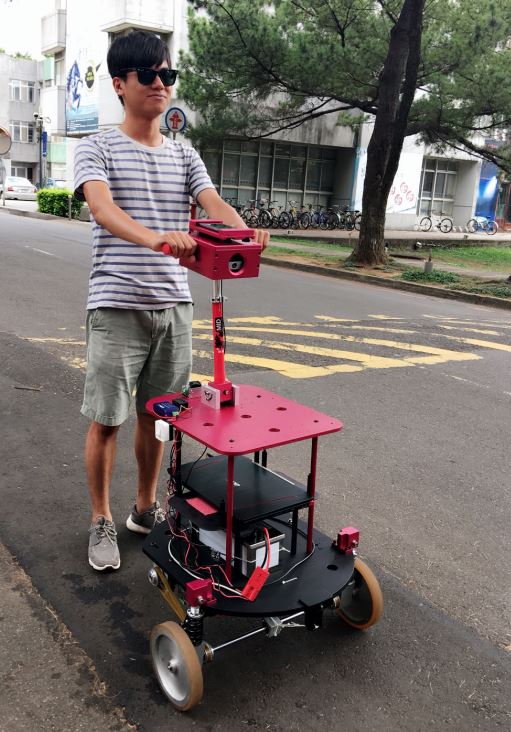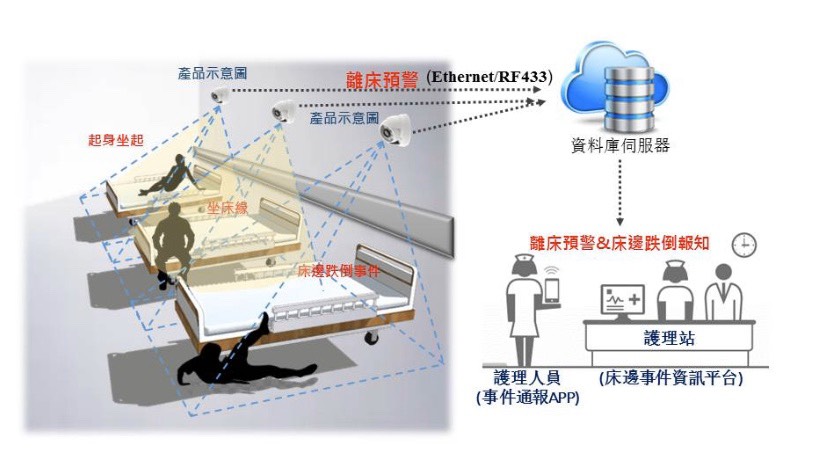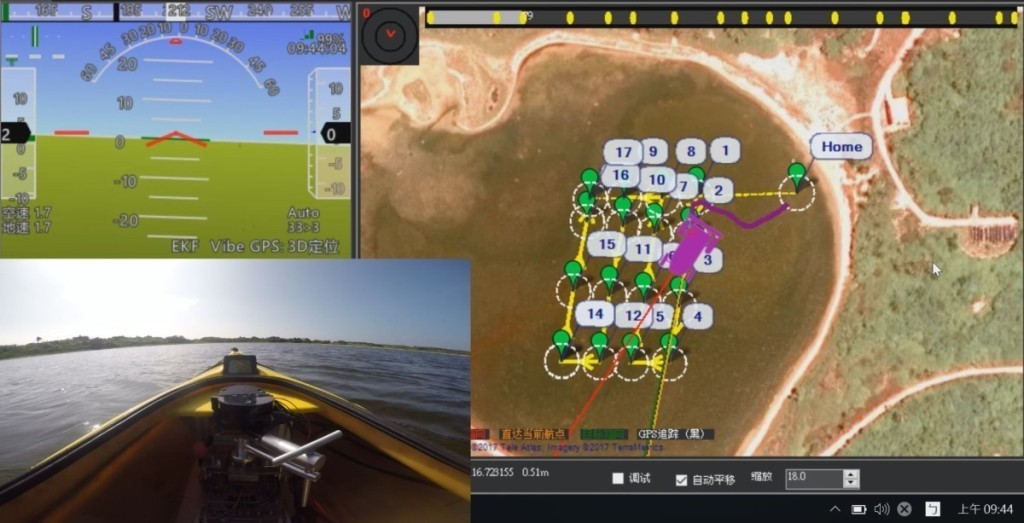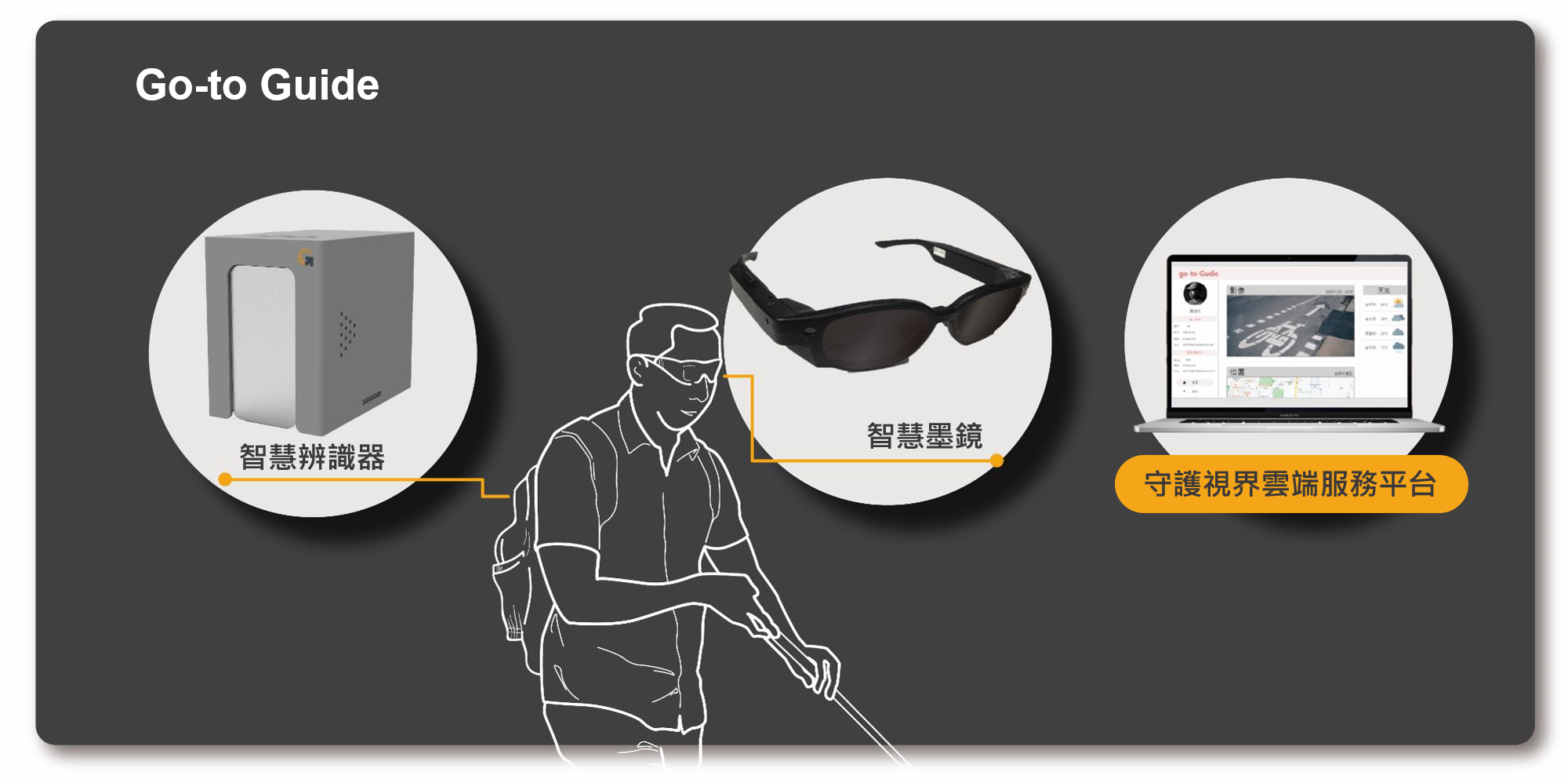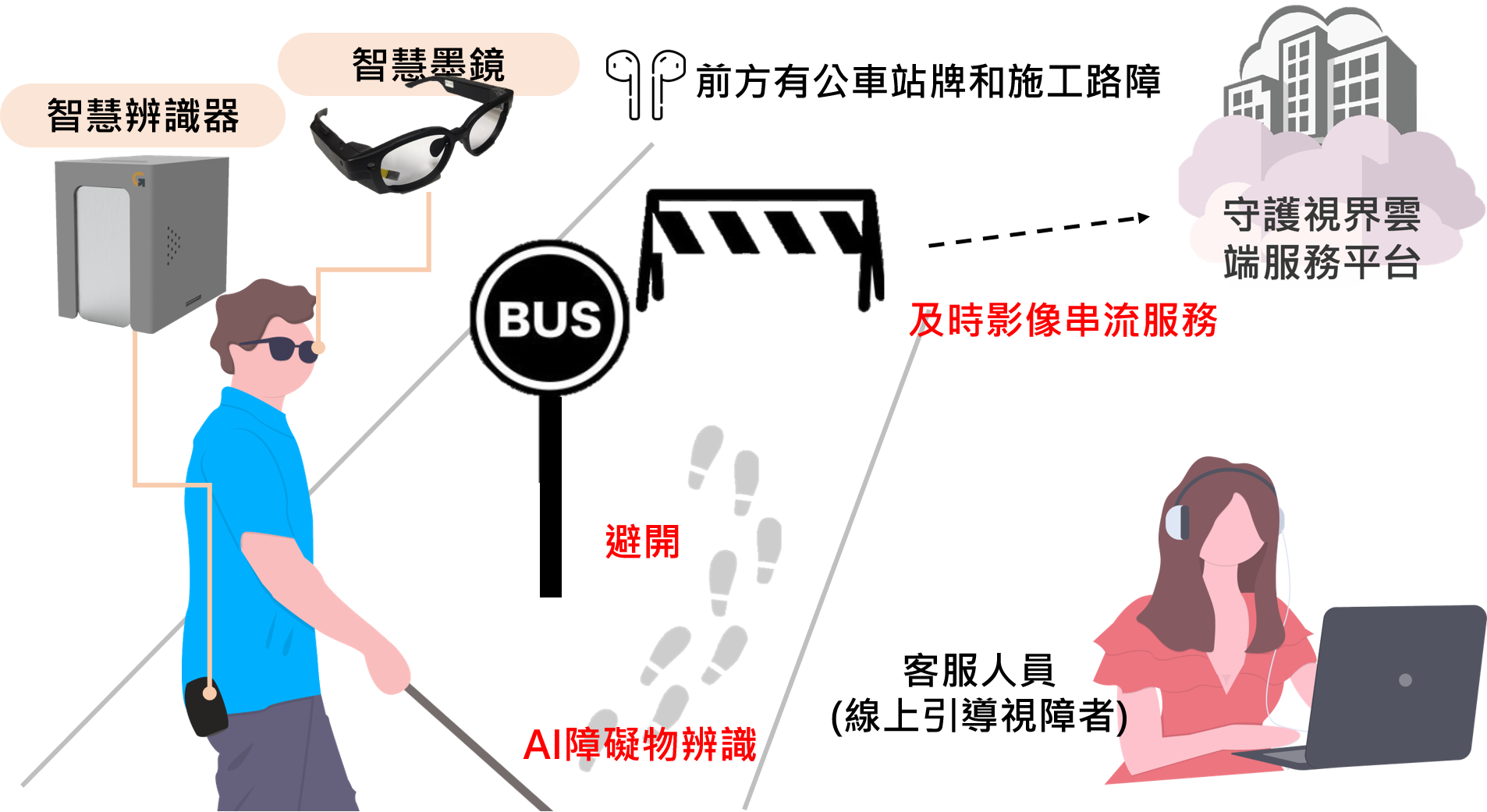| Technical Name | An AI Edge Computing Based Obstacles Warning System for Visually Impaired People Walking | ||
|---|---|---|---|
| Project Operator | Southern Taiwan University of Science and Technology | ||
| Project Host | 張萬榮 | ||
| Summary | A wearable assistive system is proposed, called go-to Guide, which is based on artificial intelligence (AI) edge computing techniques for helping visually impaired consumers to avoid aerial obstacle collision accidents. The proposed wearable assistive system consists of a pair of smart sunglasses, a waist-mounted intelligent device. The purpose of this project is to solve the problem that visually impaired people often encounter suspended obstacles (such as road trees, signboards, etc.) or ground construction roadblocks (such as construction triangle cones) when walking out, resulting in injuries caused by the collision of suspended obstacles or being lost due to ground construction roadblocks. |
||
| Scientific Breakthrough | A wearable assistive system is proposed,can visually impaired obstacles and ground obstacles encountered when walking outside through the obstacle detection technology and real-time images of this work The streaming image contains a service platform for customer service personnel, and the actual problems are indeed solved. |
||
| Industrial Applicability | According to statistics from the World Health Organization, the visually impaired population accounts for about 28% of the total population. Due to the short supply of guide dogs, high costs, and life cycle problems, the white cane can detect obstacles under the knees of visually impaired people. The visually impaired people's need for going out is not only about point-to-point steering and movement, but also dangers for complex outdoor environments. Therefore, this work establishes a service platform for guarding the vision, and solves the problems faced by visually impaired people when they get lost outside through online guidance services. |
||
| Keyword | Artificial intelligence edge computing obstacle recognition real-time video streaming visually impaired people assistive devices Internet of Things walking outdoor wearable devices | ||
- 4a527902@stust.edu.tw
other people also saw

